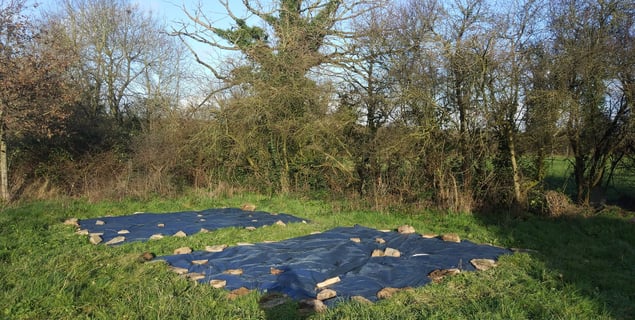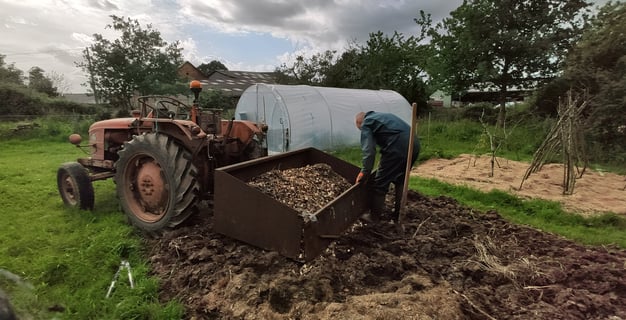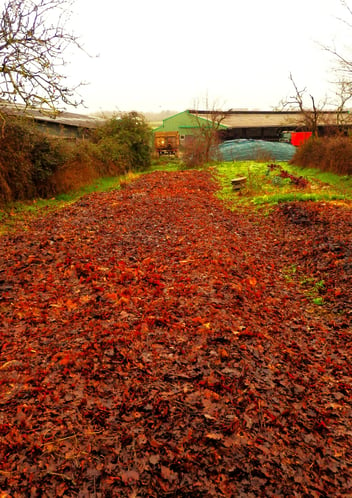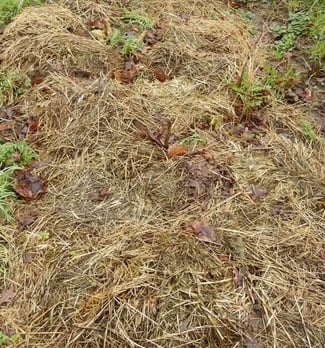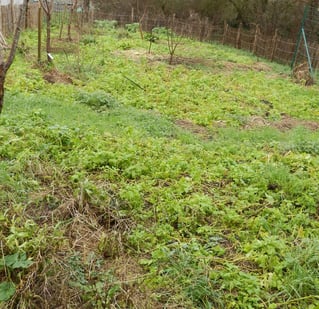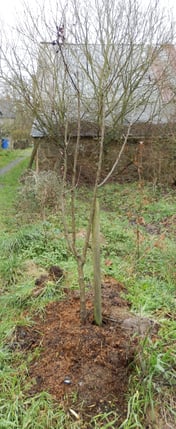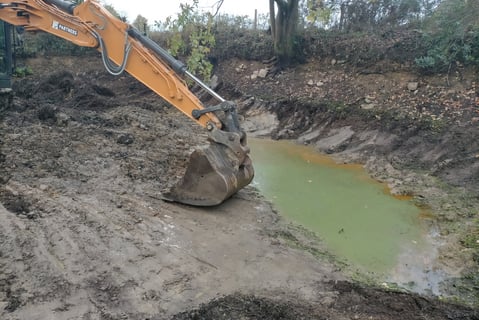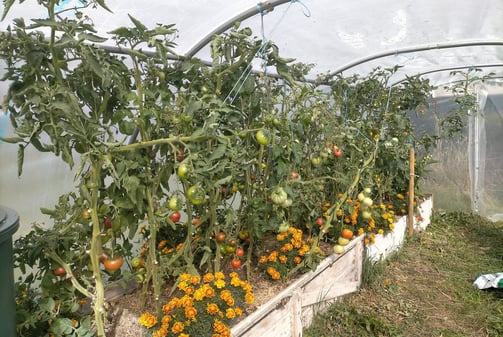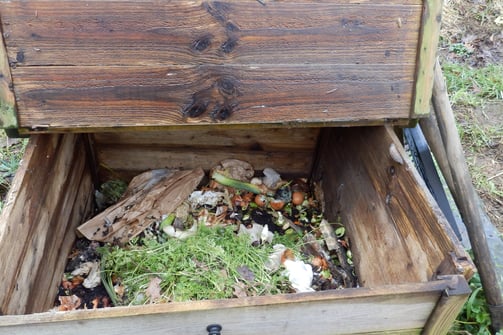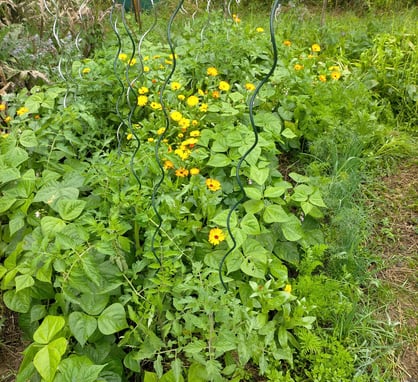To care for the Soil
A text which talks about soil and permaculture
Lambert van Dinteren
1/22/20245 min read
Permaculture, or 'caring for the soil'
Permaculture is currently 'trendy'. You'll find an avalanche of information on the web with many different views on what permaculture stands for. When I talk about permaculture, I mean 'a culture that is based on the observation of Nature'. It's a 'biomimicry', although that's a bit of a weird tautology : to do what Nature does (grow food) you have to see how Nature does it (grow plants). That says a lot about how far we were from Nature. Indeed, since the Neolithic and the invention of agriculture, man has 'imposed' himself on Nature, has tried to 'master', to 'dominate' Nature. Spades, ploughs, tractors, chemical fertilizers, pesticides, have led us away from natural processes. Permaculture, as I understand it, wants to
work with nature;
observe and interact;
foster diversity;
obtain a production;
enable self-regulation and accept feedback;
use 'waste' which is in fact resources;
care for the soil, the source of life
In this post, I'd like to focus on the last two characteristics. Indeed, the soil is essential:
plants take root in it, find an attachment
plants also find nutrients (dissolved in water) through their roots
these nutrients are present thanks to a whole battery of micro-organisms that break down the dead organic matter (the 'waste') that is there when plants, bacteria, fungi or animals die – they transorm this matérial into molecules (nitrates, carbonates, phosphates, etc.) which serve as nutrients
often, plants will find it difficult to find these molecules - it is then bacteria around the roots (rhizobium bacteria) and the 'partnerships'/'symbioses' with fungi (endomycorrhizae and ectomycorrhizae) that make them available (see the post 'What hope does the soil tell us')
It is easy to see how 'biodiversity' and 'production' go together, and how 'waste' and 'fertility' form a 'virtuous circle' if 'micro-organisms' can intervene. It is therefore in our best interest to promote life in the soil.
In the rest of this post, I will tell how I started my vegetable garden by preparing the soil and how I try to continue to take care of the soil. To begin with, our land was not very suitable... A meadow where there had never been a vegetable garden. A layer of clay 20cm away, sometimes even only 5cm below the surface. So not much suitable soil available. And what's more, as soon as it rains it gives mud (clay hardly absorbs water) and as soon as it's dry, a kind of concrete under the thin layer of earth.
To begin with, we had to do two things: 1) 'break' or better 'open' the grass cover, 2) add biomass and soil to enhance/increase the volume of the soil layer.
First step: tarpaulins put on the soil before winter and removed at the beginning of spring. Not the most eco-friendly, but effective. Especially if you don't have organic material (yet) available.
Second step: the addition of different mulches. I was lucky: I had willows to cut and therefore wood chips after crushing (with a machine from a neighbor). I'm carrying it here with another neighbor's old tractor. I'm going to spread it out on a square where I had already put compost. At the back there is another square where I spread hay (found on an attic and no more edible for animals, but perfect for the garden). And so, for a good two years, I added everything I could find: straw, hay, horse dung, cattle manure, shearing, wood chips, leaves.... really everything I could find (mostly from neighbors who didn't know what to do with it).
The third step is to keep up the mouvement and bring in more and more organic material - and above all, leave all the 'waste' behind.
This winter I was able to get a lot of leaves.
And more hay (this is the hay that our sheep didn't want to eat anymore, which I then spread out in the chicken coop so that the hens would have their feet dry and they could peck at the insects in the hay - then enriched with their droppings, I put it as mulch in the vegetable garden.
Otherwise, where there is no mulch, I have sown mustard as green manure; It covers the soil which reduces the amount of 'weeds', provides biomass once mowed before sowing vegetables and its roots improve the soil structure.
And the fruit trees take advantage of the sawdust
I had after cutting the logs for heating.
From the beginning, I set up a 'tunnel' for the vegetables that need heat and for the sowing. I put it on a spot where we couldn't grow directly on the ground, since there was our sewage system. So I created bins that I was able to fill with the rich soil from an old pond that we had cleaned.
Otherwise, there's always our good old compost (where I only put vegetables, never weeds, so it's perfect for sowing).
And the results are there. It's growing, growing. Sometimes even a little too much (especially when I sow too tightly).
Here a combination of green beans (provides nitrogen) + tomatoes (needs a lot of nitrogen) + calendula (or marigolds - repellent against aphids that like to get on green beans).
The way of sowing so close together is effective for a dry and hot summer (protects the soil from drying out), but harmful for a rainy summer (humidity is maintained between the plants and the tomatoes develop mildew). My solution: sow in different ways on different squares and be prepared for both types of summer.
